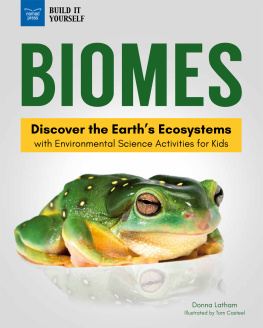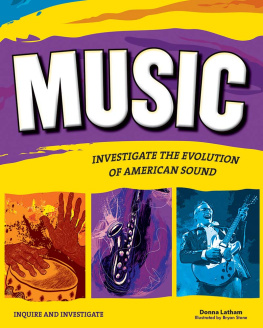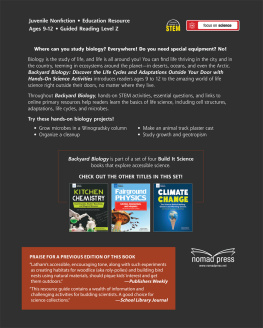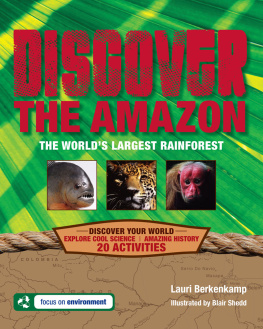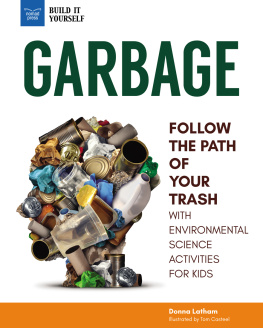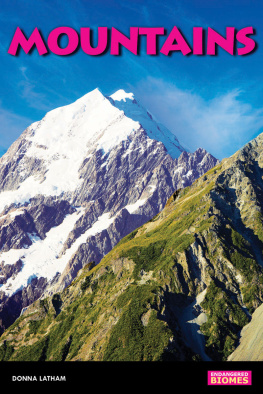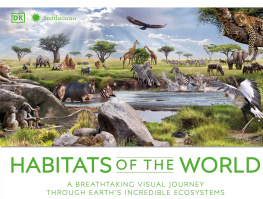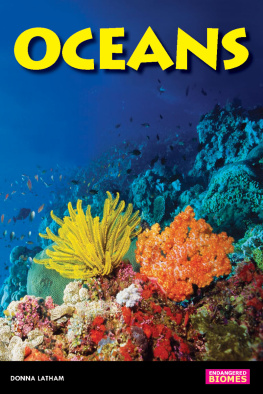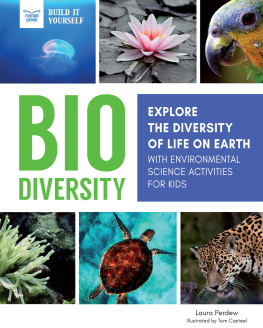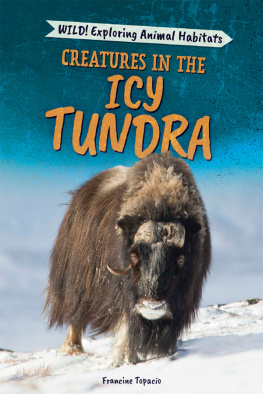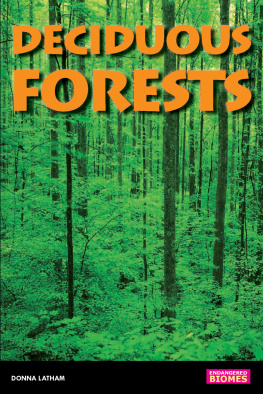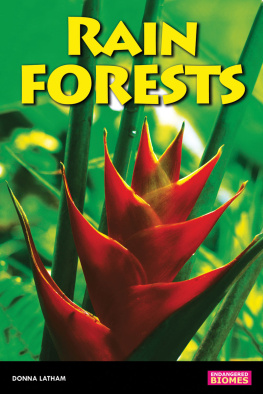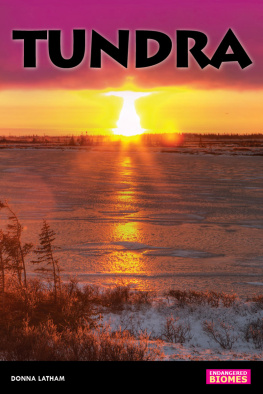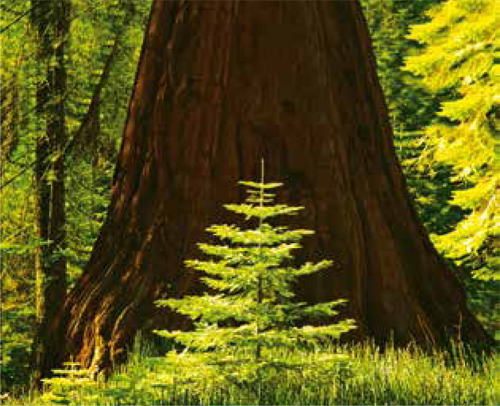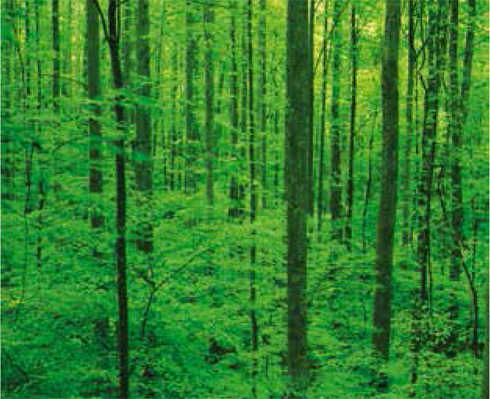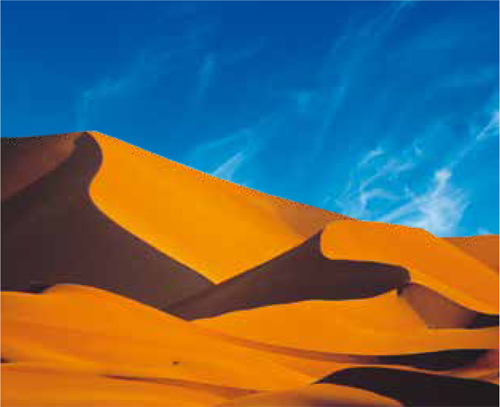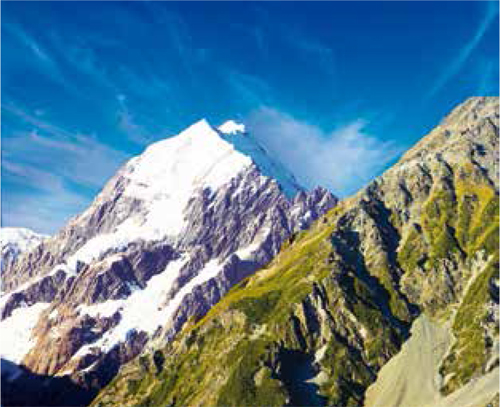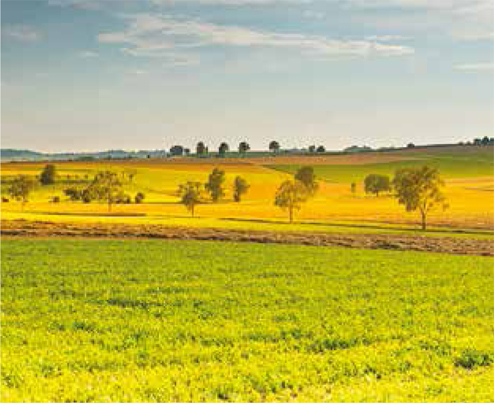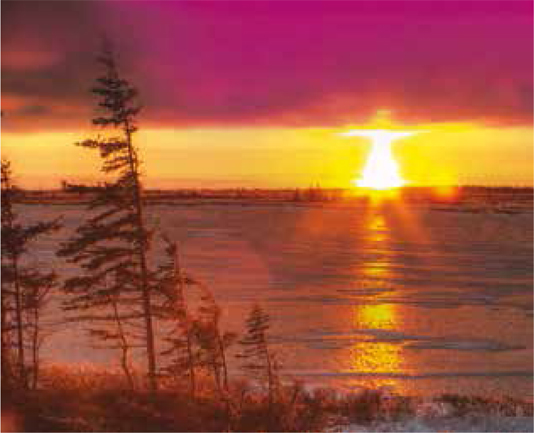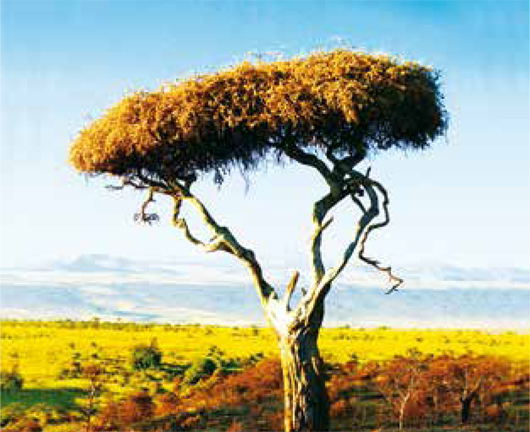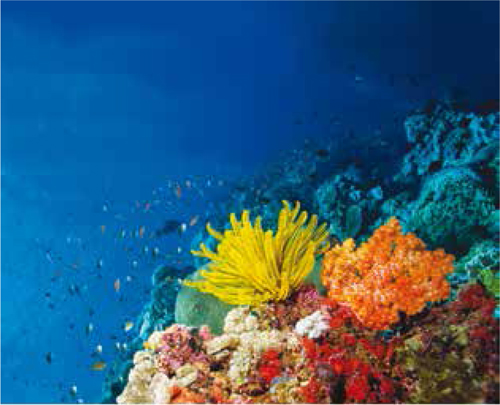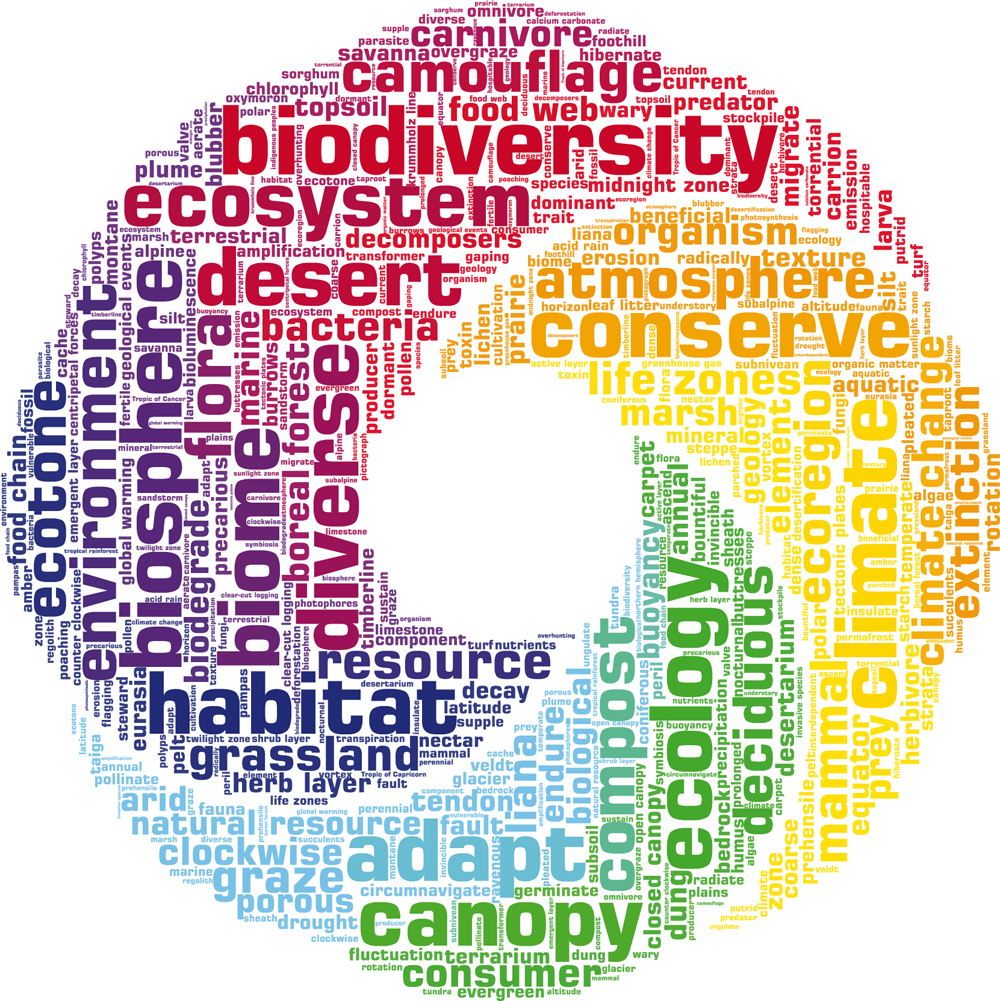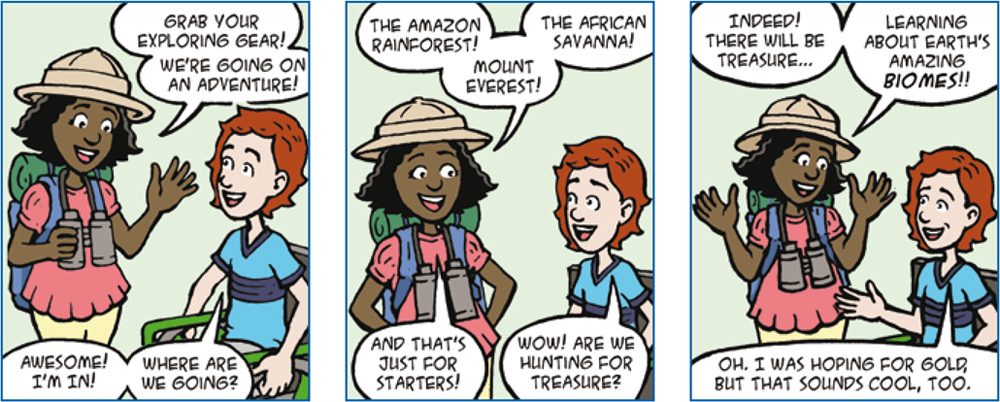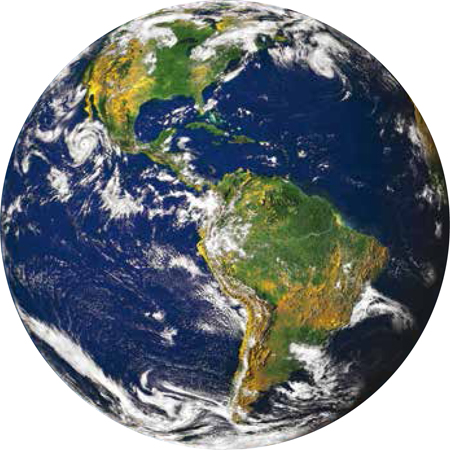Donna Latham - Biomes: Discover the Earths Ecosystems with Environmental Science Activities for Kids
Here you can read online Donna Latham - Biomes: Discover the Earths Ecosystems with Environmental Science Activities for Kids full text of the book (entire story) in english for free. Download pdf and epub, get meaning, cover and reviews about this ebook. year: 2019, publisher: Nomad Press, genre: Children. Description of the work, (preface) as well as reviews are available. Best literature library LitArk.com created for fans of good reading and offers a wide selection of genres:
Romance novel
Science fiction
Adventure
Detective
Science
History
Home and family
Prose
Art
Politics
Computer
Non-fiction
Religion
Business
Children
Humor
Choose a favorite category and find really read worthwhile books. Enjoy immersion in the world of imagination, feel the emotions of the characters or learn something new for yourself, make an fascinating discovery.
- Book:Biomes: Discover the Earths Ecosystems with Environmental Science Activities for Kids
- Author:
- Publisher:Nomad Press
- Genre:
- Year:2019
- Rating:5 / 5
- Favourites:Add to favourites
- Your mark:
Biomes: Discover the Earths Ecosystems with Environmental Science Activities for Kids: summary, description and annotation
We offer to read an annotation, description, summary or preface (depends on what the author of the book "Biomes: Discover the Earths Ecosystems with Environmental Science Activities for Kids" wrote himself). If you haven't found the necessary information about the book — write in the comments, we will try to find it.
Whats the difference between a desert and a rain forest? A tundra and a coniferous forest? These are all examples of biomes, and they are all home to plants and animals that are uniquely adapted to live in those environments!
In Biomes: Discover the Earths Ecosystems with Science Activities for Kids, middle school kids journey across the planet and visit the worlds nine terrestrial and aquatic biomes to learn about the distinctive climates, geologies, resources, and organisms that can be found there. Kids will wander through forests, sizzle in deserts, shiver in the tundra, slog through marshy waters, and plunge beneath the seas to explore coral reefs. Along the way, readers will encounter the flora and fauna adapted for survival in each unique climate zone. Theyll learn about gnarly krumholz trees, bioluminescent sea creatures, camouflage, carnivorous plants, and blubbery marine critters.
The health and wellbeing of the worlds biomes are an essential part of the balance of the planet as a whole. Biomes and their inhabitants around the world are being threatened by climate change and human behavior. In Biomes, kids will learn how to take steps toward positive change and keep the environment healthy and functioning in a way that best supports sustainable life on Earth!
Biomes includes hands-on STEM activities and critical thinking exercises to encourage readers to consider threats to the environment and figure out ways to be part of the solution. Fun facts, links to online primary sources and other supplemental material, and essential questions take readers on an exploration of the biomes of Earth.
Biomes is part of a set of four Build It Environmental Science books that explore the history and science of the planet and all that live on it through hands-on STEM activities and real-life environmental connections. Other titles in this series are Planet Earth, Garbage, and Biodiversity.
Nomad Press books integrate content with participation. Common Core State Standards, the Next Generation Science Standards, and STEM Education all place project-based learning as key building blocks in education. Combining content with inquiry-based projects stimulates learning and makes it active and alive. Nomads unique approach simultaneously grounds kids in factual knowledge while allowing them the space to be curious, creative, and critical thinkers.
Donna Latham: author's other books
Who wrote Biomes: Discover the Earths Ecosystems with Environmental Science Activities for Kids? Find out the surname, the name of the author of the book and a list of all author's works by series.

